Postcards from Tokyo: Olympics set to go ahead in the light and shadow of the pandemic
With cries to cancel the world’s biggest sporting event, the city still remains a kaleidoscope – even when there aren’t people around
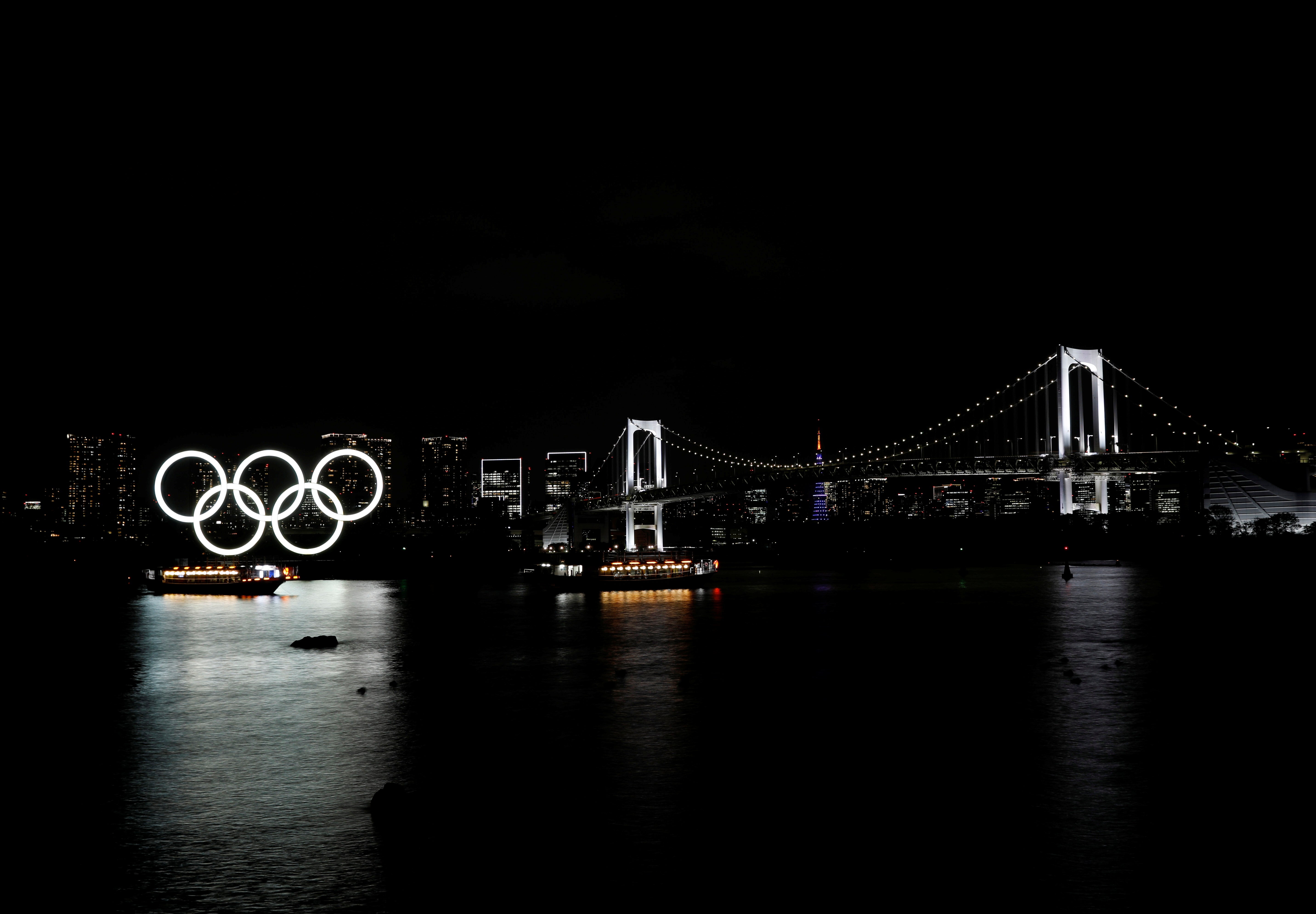
The Tokyo Tower and other landmarks were lit in special Olympic colours in April to mark 100 days before the Summer Games opened, but were shrouded in clouds of mist when rain enveloped the Japanese capital that night.
Light and shadows are the hallmarks of these Games, the second time Tokyo is the host.
Half a century earlier, in 1964, the Games heralded a new era of modernity for a city risen from the ashes of a war that had ended fewer than two decades before. Their symbol was the sleek high-speed bullet trains that began running just days before the opening ceremony.
But in April 2020, the trains glided through Tokyo with most seats empty. Residents were asked to stay home as the pandemic swept through Japan and the world. The Olympics had been postponed a month earlier.



Now, they are on again, due to start in July. But the anticipated, exhilarating festival of national pride appears to have been muted to a joyless duty.
“I can’t seem to enjoy myself as much as I did last time,” an elderly woman who saw the first Games says to her husband as they rest during a stroll – in the evening, to avoid the virus.
“It’s disheartening, like somebody else’s problem. I don’t feel like it’s being held in my country.”
The Covid-19 pandemic isn’t over yet. There are still strong calls to cancel or postpone the Olympics. A quasi-state of emergency remains in place just a month before the Games begin.
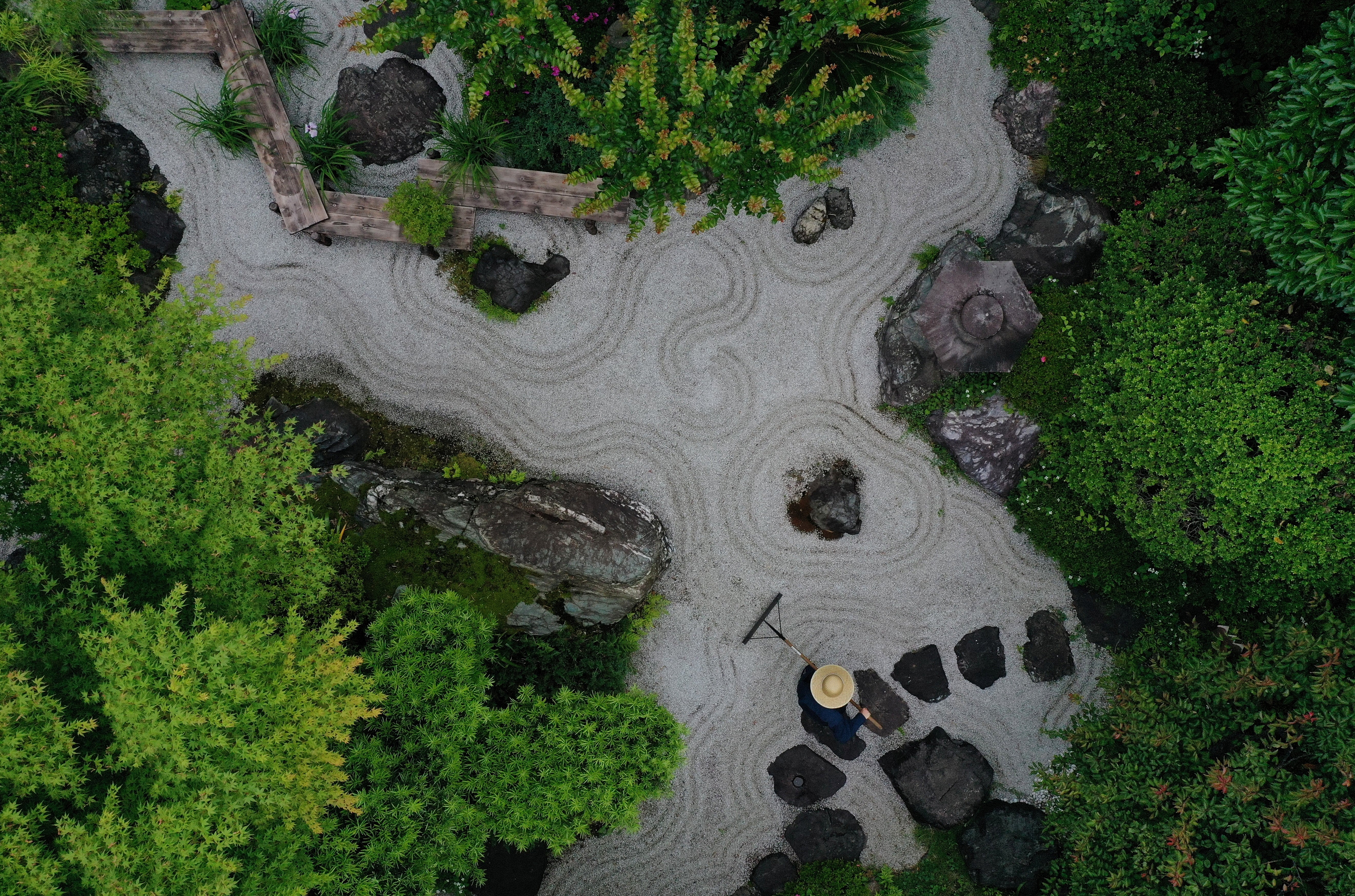

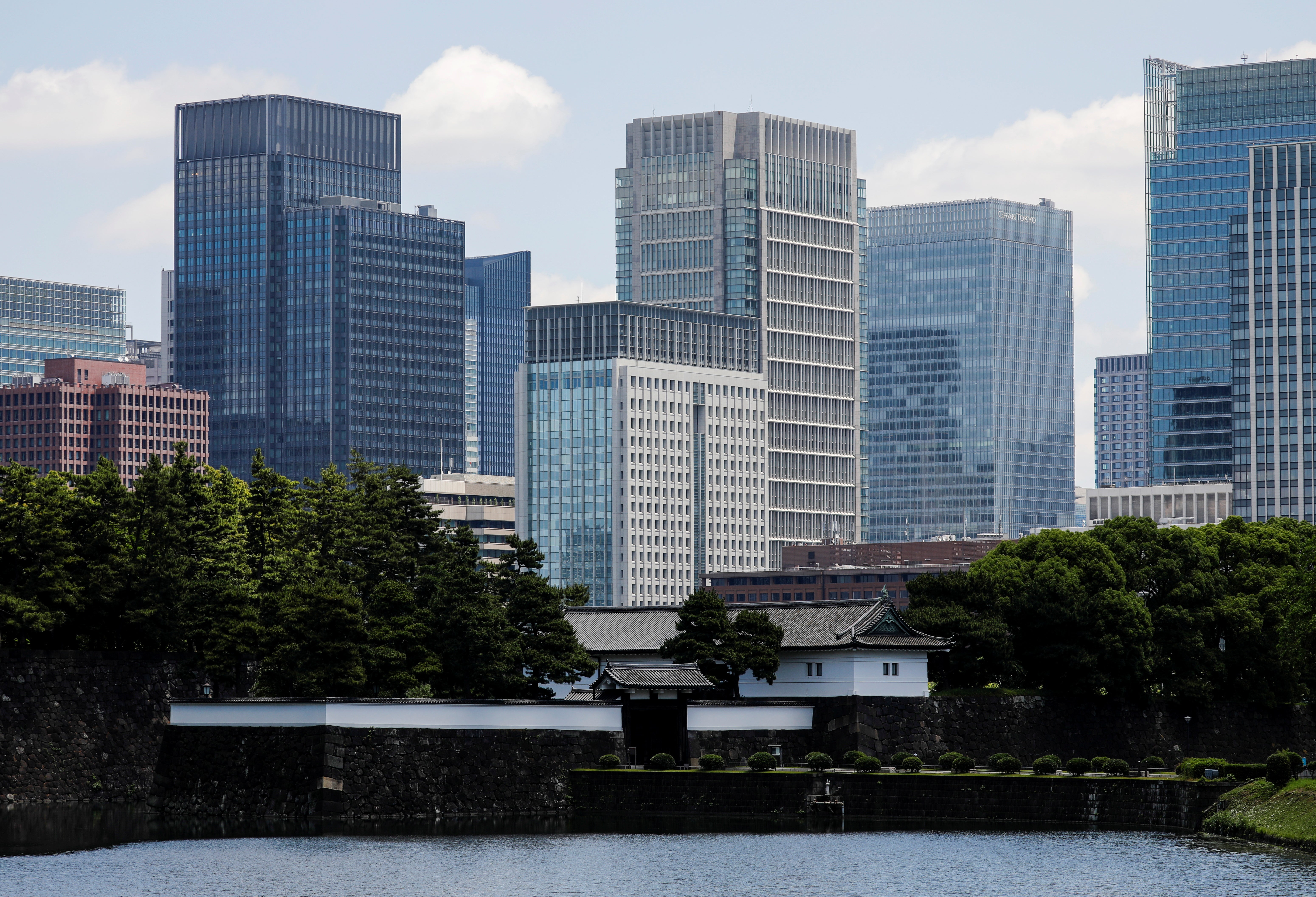
They will be held in a “safe bubble” of vaccinated athletes and delegations, a celebration of sport divorced from the host city and its people.
But life has gone on even as the city lurches in and out of soft lockdowns. Streets have emptied on some nights, filled on others with people and the hubbub of life.
In images of the city, couples admire sights from tall buildings and watch Noh theatre demons dance. Diners delight in sushi served on a conveyor belt, traditional sweets like jewels.
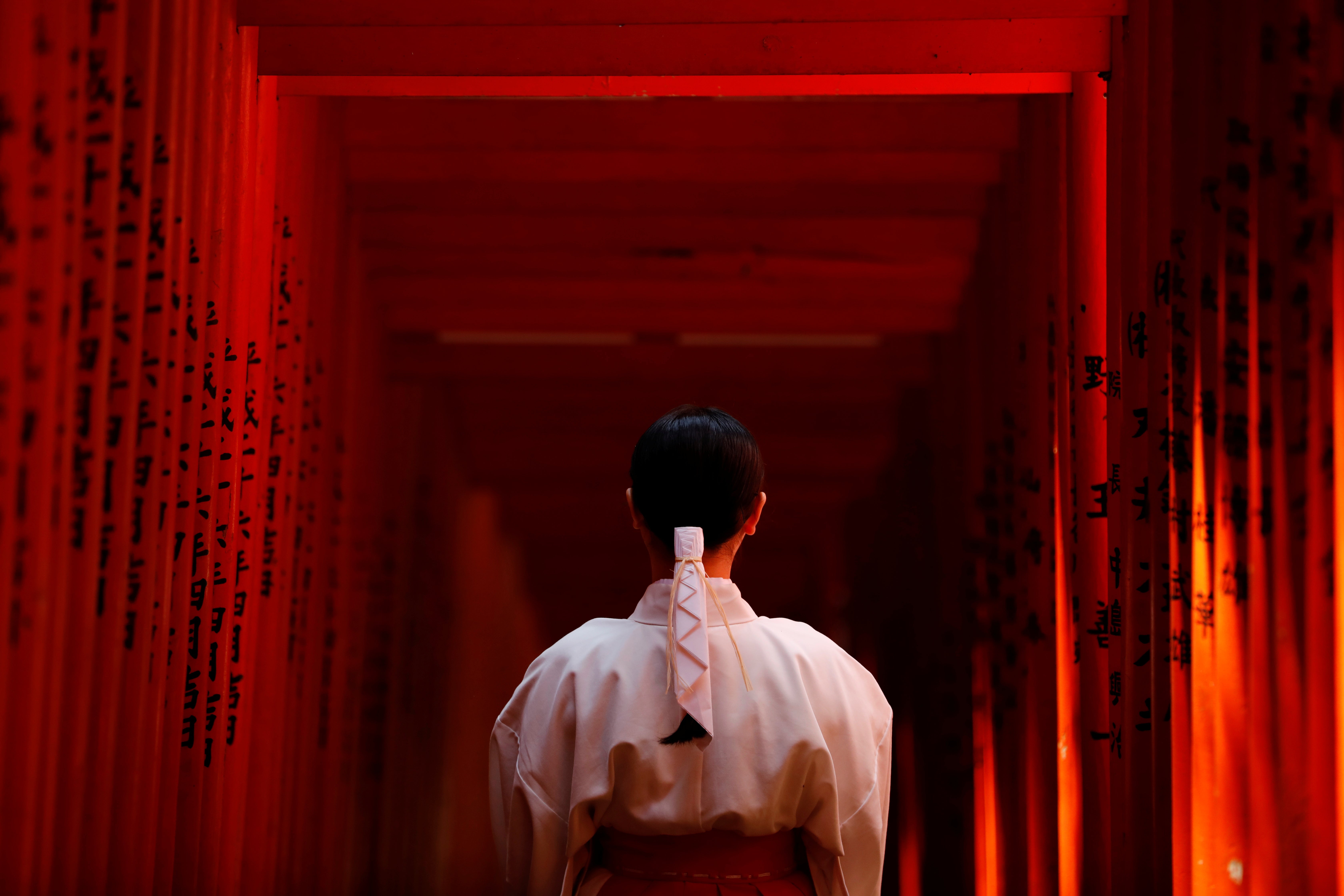
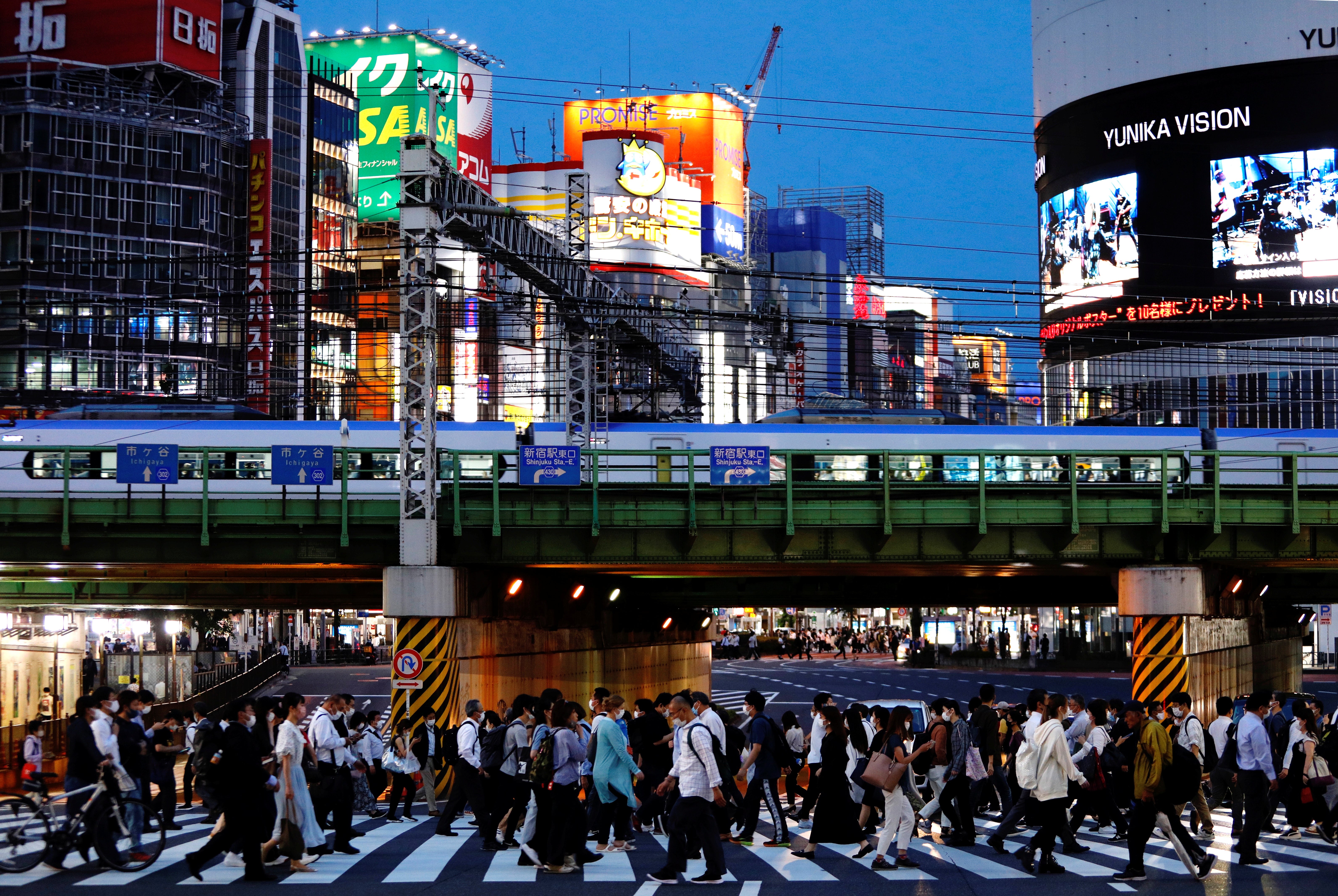
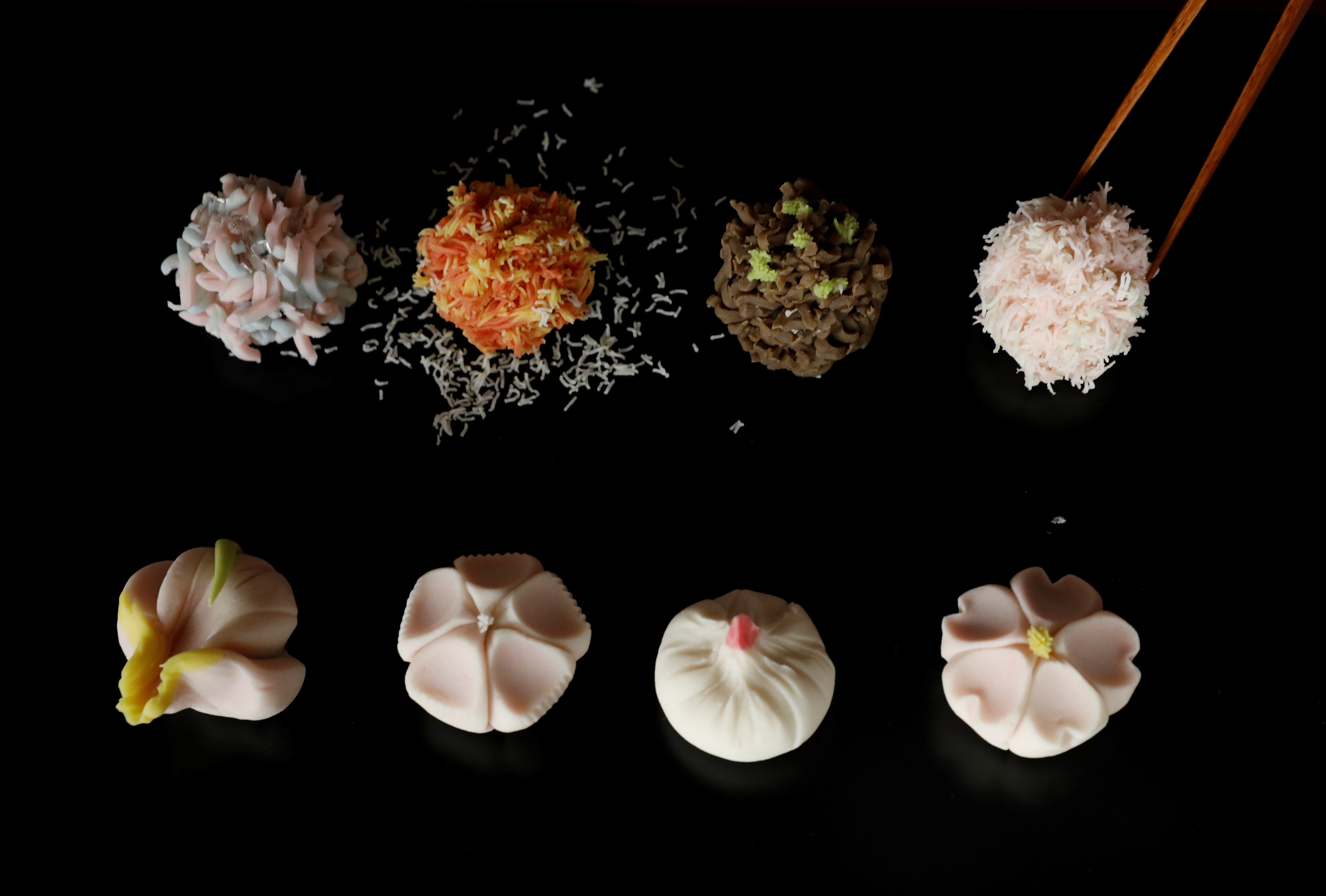
But nearly all Tokyo residents are masked. White surgical masks dominate, but here and there is variation – hand-made white lace, traditional designs. Some are printed with anime characters.
When case numbers fall, people meet in front of Tokyo landmarks, not caring what warning is in place. They pulse across the Shibuya “scramble” road crossing in ordered chaos, immerse themselves in light and colour at museums.
In other images, bright red shrine gates cover a hill. People marry. Boats cruise the rivers at sunset.
When case numbers swell, the streets empty, revealing the city’s bones: the Imperial Palace in its majesty, the Tokyo Tower glittering at night. The trains that clatter through.
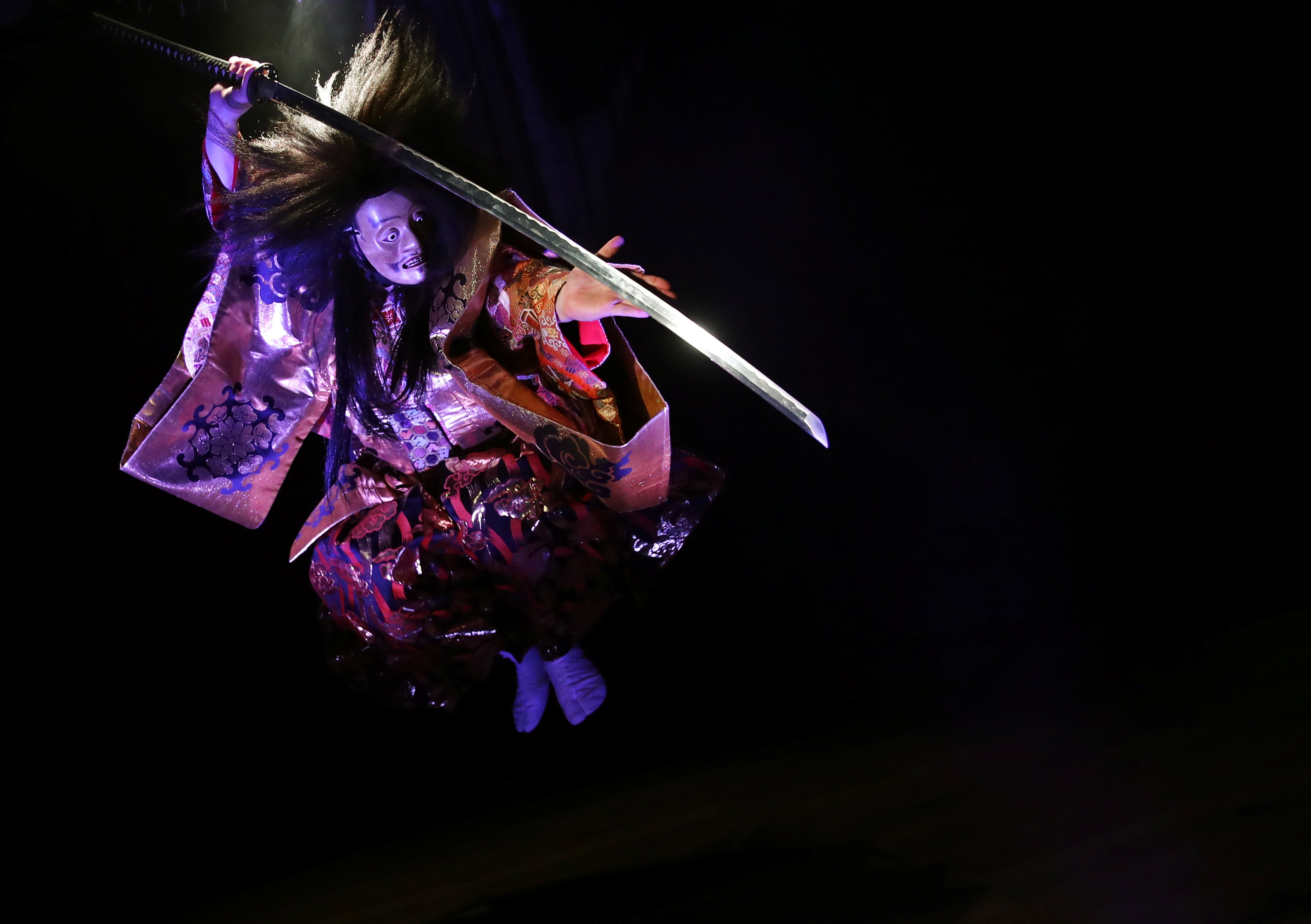

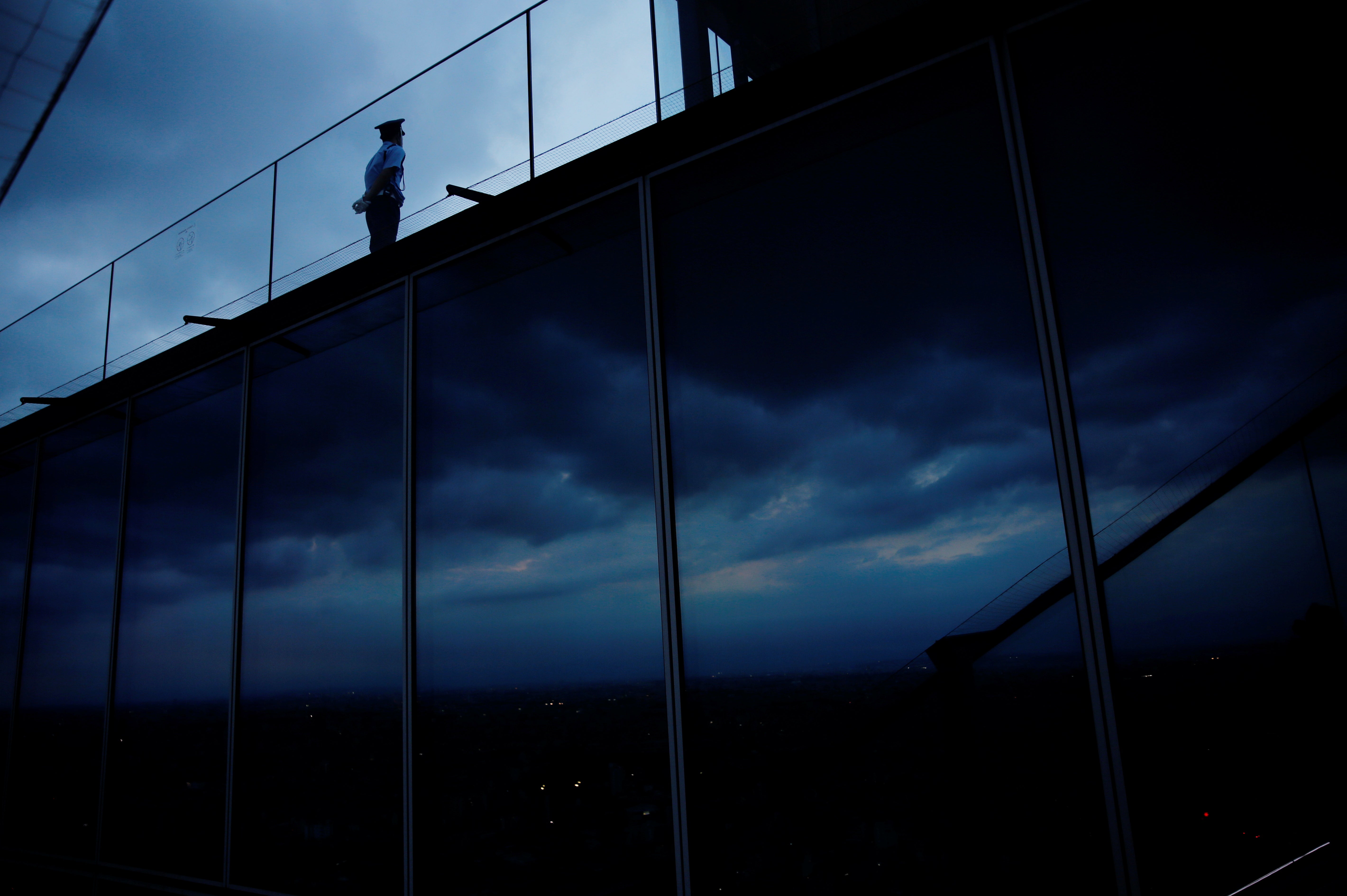
As the tide of people ebbs and flows, the scenery constantly changes; vary the angle at which you view the city, and it shifts.
Tokyo is like a kaleidoscope with countless geometric patterns, the colours of the pattern changing slightly depending how the tube is tilted and how the light enters.
Tokyo is never boring. It has survived earthquakes and war. It will survive the coronavirus.
Photography by Kim Kyung-Hoon, Issei Kato and Andronki Christodoulou, Reuters


Join our commenting forum
Join thought-provoking conversations, follow other Independent readers and see their replies
Comments